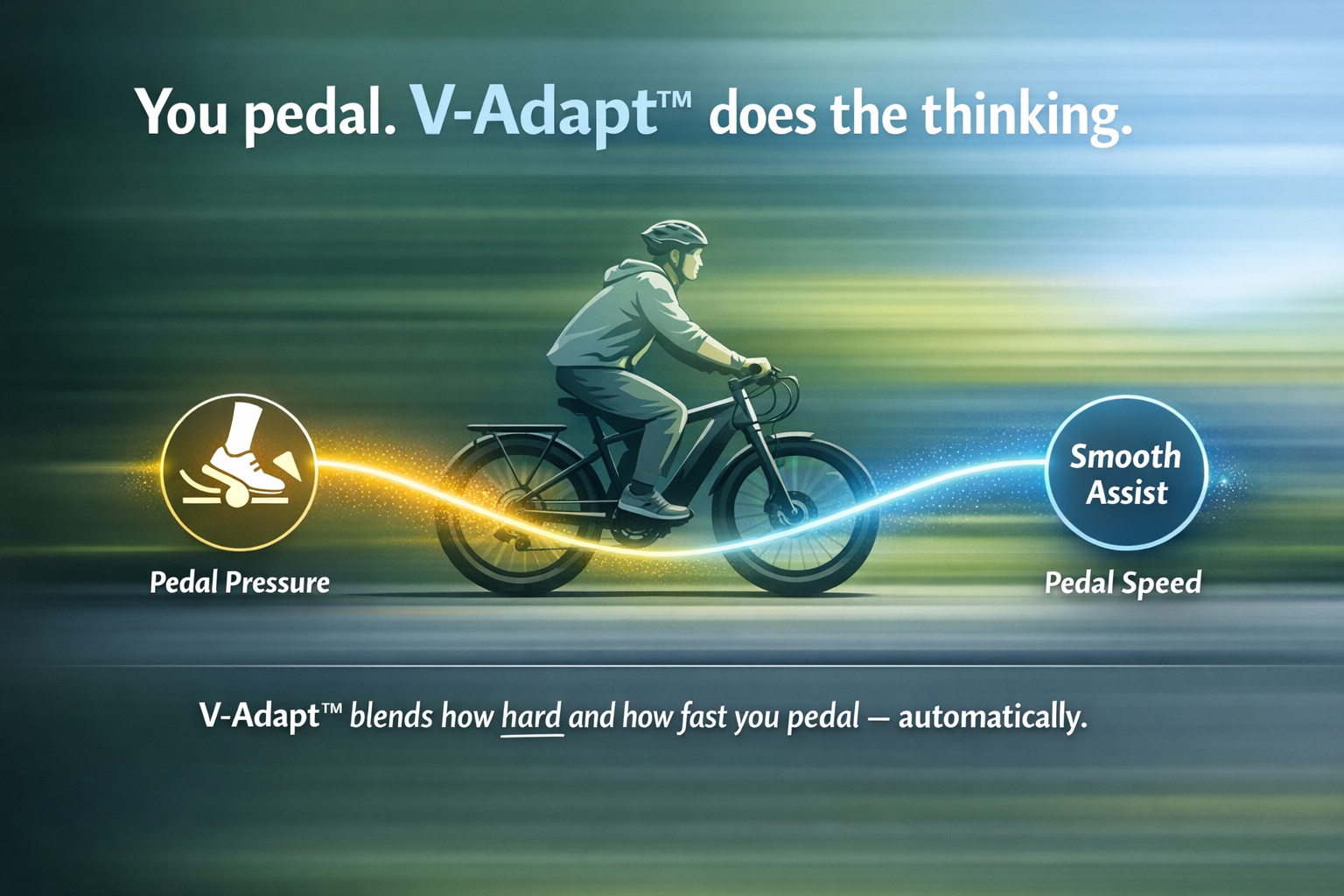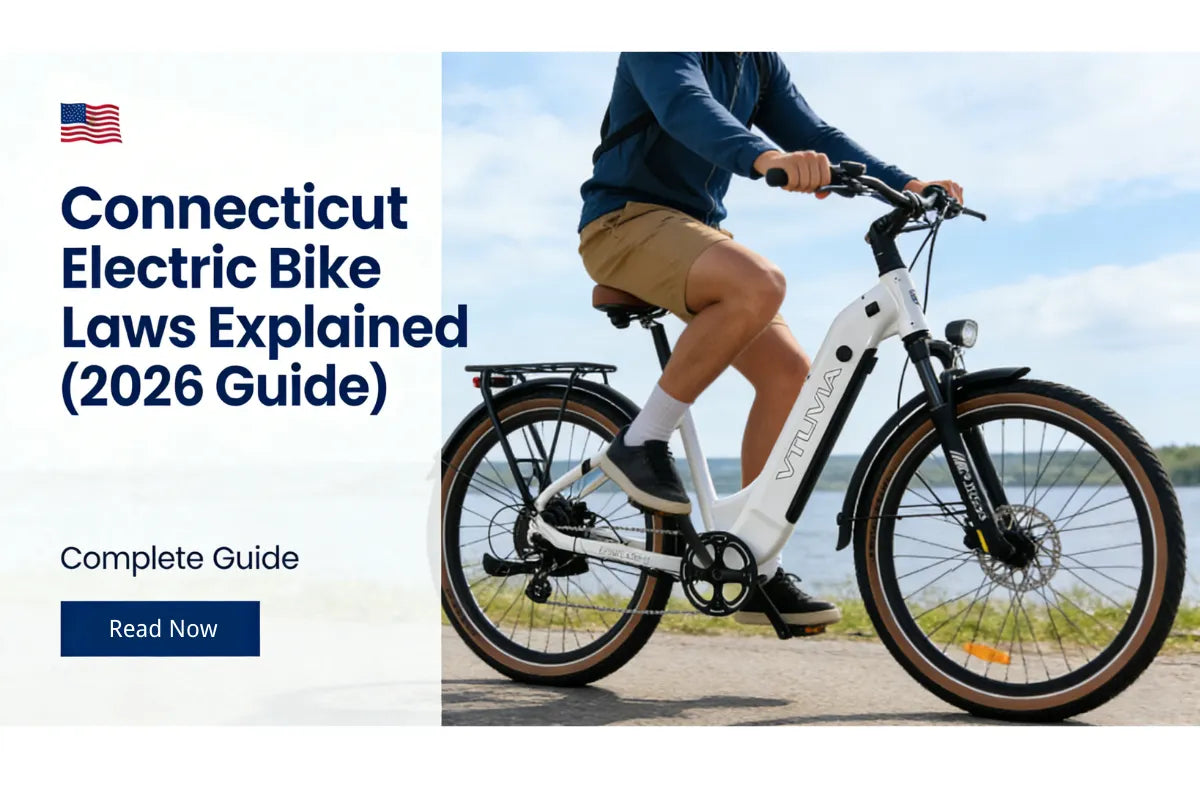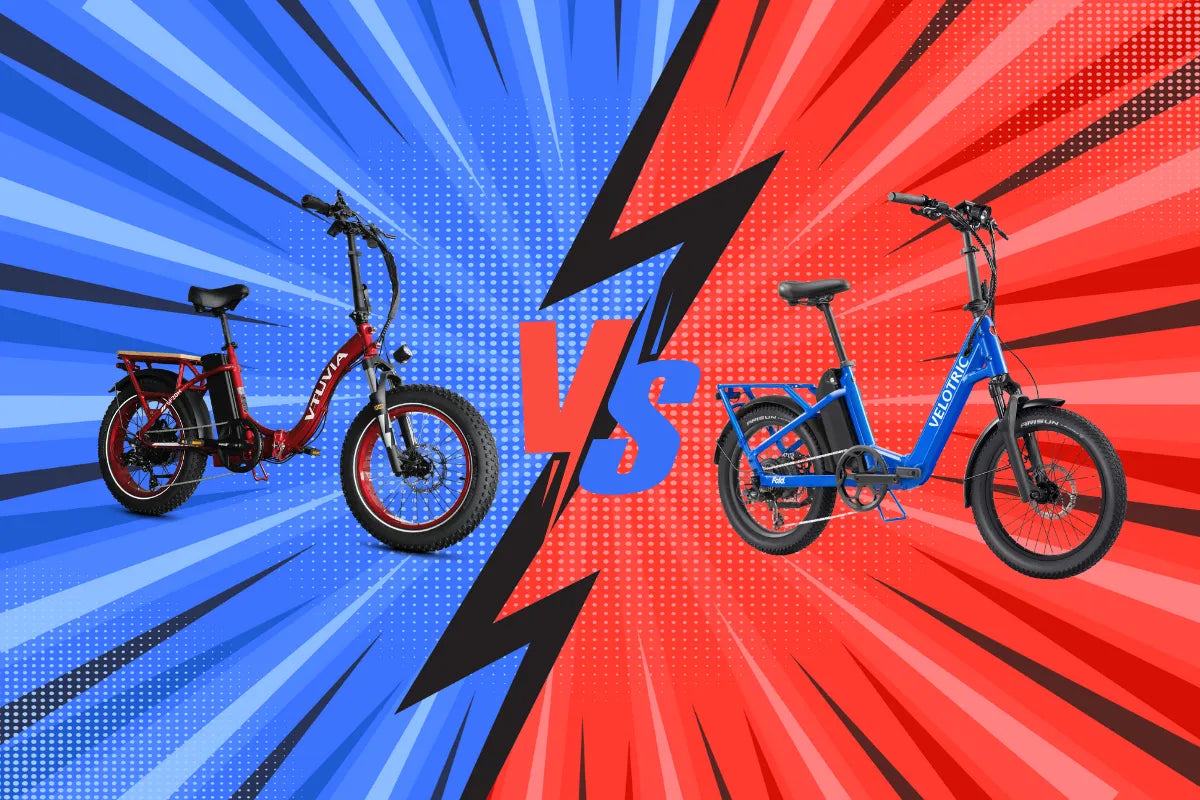
Electric bikes (e-bikes) have gained popularity due to their convenience, eco-friendliness, and versatility. However, considering purchasing one, you might wonder, "How much is an e-bike?" This guide will break down e-bike components, price ranges, the reasons behind price differences, and how to purchase a safe and high-value e-bike.
1. Components of an E-Bike
Understanding the components of an e-bike helps explain its price:
-
Motor:
- Power: The motor’s wattage determines the power and performance of the e-bike. For example, a 250W motor is sufficient for flat terrains and light commuting, while a 1000W motor provides stronger performance, suitable for steep hills or more intense rides. As the motor wattage increases, so does the cost due to the higher power demands and advanced engineering required.
- Type of Motor: Hub-drive motors are often cheaper and simpler to maintain because they are located in the wheel hub, while mid-drive motors, placed at the bike's bottom bracket, are more efficient, and provide better performance, especially on hills, but are generally more expensive. 👉 Know more about E-bike Mid-Drive vs Hub Motor.
-
Battery:
- Type: E-bikes typically use lithium-ion batteries, known for their lightweight, long lifespan, and energy efficiency. However, there are alternative batteries such as lithium-polymer or lead-acid, which might be cheaper but also heavier and less efficient. 👉 Know more about Electric Bike Batteries.
- Capacity: Battery capacity, usually denoted in V (volts) and Ah (amp-hours), affects the range and power of the bike. A battery like 52V 15Ah offers more range and better performance than a 36V 10Ah battery. Higher capacity batteries are more expensive because they store more energy, offer longer rides, and are more complex to produce.
-
Frame:
- Material: The material used for the frame can significantly influence the price. Aluminum is a popular, affordable, and lightweight choice for many e-bikes. Steel is stronger but heavier, often used in budget bikes. Carbon fiber frames, being much lighter and stronger, are used in high-end bikes and increase the price due to the high cost of production and material.
-
Brakes:
- Mechanical vs. Hydraulic: Mechanical disc brakes are cheaper and simpler, providing good braking performance for standard use. Hydraulic disc brakes use fluid to activate the brake pads, offering better-stopping power and smoother braking performance, especially in wet conditions or rough terrain. Hydraulic systems are more expensive because they require precise engineering and more advanced components.

-
Tires:
- Type of Tires: The choice of tires affects both ride comfort and cost. Standard tires are generally cheaper and are fine for paved roads. Fat tires provide more grip and comfort on rougher terrains, like snow or sand, but add weight and cost to the bike. All-terrain tires strike a balance between comfort, grip, and cost, designed for both urban and off-road conditions.
-
Drivetrain:
- Single-Speed vs. Multi-Speed: A single-speed drivetrain is simpler, requires less maintenance, and is cheaper. It’s ideal for flat terrain and casual riding. On the other hand, a multi-speed drivetrain (with 7-10 gears) offers more versatility for tackling hills and various terrains. More gears mean more complexity in the design, increasing the cost of the bike.
2. E-Bike Price Ranges
E-bike prices vary widely based on features, components, and brand reputation:
-
Entry-Level E-Bikes ($500 - $1,000): Basic features, smaller motors (250W-500W), and shorter-range batteries. (Note: Mid-drive motors at 500W are rarely available at this price point.)
-
Mid-Range E-Bikes ($1,000 - $2,500): Better motor power (500W-750W), improved battery life, and quality components.
-
High-End E-Bikes ($2,500+): Premium motors (750W-1000W), dual batteries, advanced features like torque sensors, and superior materials.
3. Why Do E-Bike Prices Vary So Much?
Several factors contribute to the price difference:
-
Motor and Battery Quality: Higher wattage motors and larger capacity batteries increase costs.
-
Materials: Lightweight and durable materials like carbon fiber are more expensive.
-
Technology: Features like torque sensors, smart displays, and app connectivity add to the price.
-
Brand Reputation and Warranty: Established brands with better warranties and customer service may charge more.
4. How to Buy Your Favorite E-Bike at the Lowest Price Without Pressure
To purchase the e-bike you love without financial stress, consider flexible payment options like installment plans. This allows you to spread out the cost and make it more manageable. One of the most popular and convenient methods is using Affirm financing.
5. How Much Does a Safe and High-Value E-Bike Cost?
A high-quality, safe e-bike typically falls in the $1,500 - $3,000 range. E-bikes in this range usually have:
-
UL-certified batteries for safety
-
Powerful motors (750W-1000W) for better performance
-
Hydraulic brakes for reliable stopping power
-
Quality frames and components
6. Purchasing an E-Bike with Affirm Financing
Affirm is a financing option that allows customers to pay for their purchases over time.
What Is Affirm?
Affirm offers flexible payment plans for online purchases. It allows you to split the total cost into fixed monthly payments with clear terms and no hidden fees.
Affirm Payment Plans
Affirm typically offers financing in:
-
3 months
-
6 months
-
12 months
Example Payment Breakdown
For a $2,000 e-bike purchase:
-
3 months: ~$667/month
-
6 months: ~$334/month
-
12 months: ~$167/month
(Exact payments may vary based on interest rates and credit approval.)
7. Best Affordable Electric Bikes
Best Folding Step-Thru Electric Bike Around $1000: VTUVIA SF20H

Highlights
- ✓ Price: $1299(Additional discounts available)
- $73/mo or 0% APR with Affirm
- ✓ Speed: 20 mph (UL Version)
- ✓ Battery range: Up to 52 miles
- ✓ Motor: 750W/Peak 1100W/ 85Nm
- ✓ Max Load: 330 lbs
- ✓ Warranty: 2-Year Warranty
View more about VTUVIA SF20H
Best Affordable Adventure E-bikes Under $1500: VTUVIA SN100

Highlights
- ✓ Price: $1599(Additional discounts available)
- $89/mo or 0% APR with Affirm
- ✓ Battery range: Up to 52 miles
- ✓ Motor: 750W/Peak 1100W/ 85Nm
- ✓ Max Load: 330 lbs
- ✓ Throttle: Yes
- ✓ Warranty: 2-Year Warranty
View more about VTUVIA SN100
Best Affordable 1000W Dual-Batteries E-bike: VTUVIA Gemini

Highlights
- ✓ Price: $1799
- $84/mo or 0% APR with Affirm
- ✓ Max speed: 35 mph
- ✓ Battery range: Up to 80 miles
- ✓ Motor: 1000W/Peak 1600W 100Nm
- ✓ Max Load: 400 lbs
- ✓ Warranty: 2-Year Warranty
View more about VTUVIA Gemini
8. Conclusion
E-bike prices vary due to differences in components, materials, and technology. For a balance of safety and value, expect to invest between $1,500 and $3,000. Financing through Affirm makes it easier to afford a high-quality e-bike by spreading payments over several months. Whether you're commuting, adventuring, or riding for fun, there's an e-bike that fits your budget and lifestyle.





Share:
What is Class 2 E-bikes? Market Options and Buying Guide - VTUVIA E-Bike
How Does an E-bike Work? - VTUVIA Electric Bikes